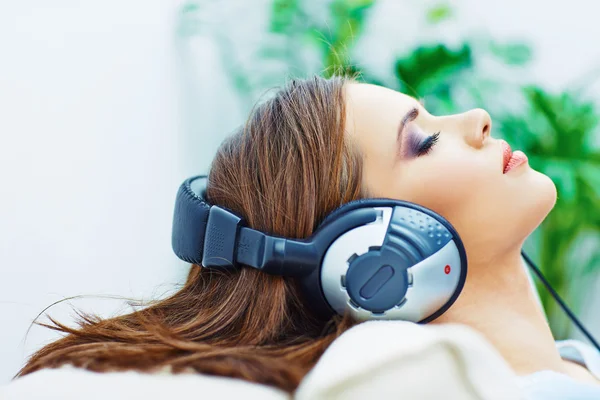What kind of headphones would be most suitable for my needs? What type of headphones should I purchase? As a result of simply searching for “headphones” on a search engine or online shopping site, the various ways in which you can limit your headphone search become pretty complex and messy, which may make this process even more difficult.
To help you choose the “best pair” of headphones, we briefly highlighted the “types” in our headphones guide. Today’s article will look closely at what these superlatives mean regarding headphone fit and capability. Let’s go!
Table of Contents
The different types of headphones
Headphones with closed backs
If you need headphones suitable for travelling by public transportation, listening in the library, or the gallery, then a closed-back design is your best choice. There are two types of closed-back headphones: over-ear and on-ear. The former style covers the entire ear while the latter relaxes a bit on top of it. Due to their closed backs to airflow, this model is called close-back. A closed-back headphone can block 8-32 dB of environmental noise, making it a perfect choice for people who want to be free from outside noise while listening to music, as well as people who wish to be able to hear every note of the music they are listening to while observing. Musicians use these types of headphones in their studios because they can block out external noise.
The advantages of this type of headphones are as follows:
- There is little leakage of music
- The best headphones for portable use
- Exceptional audio quality
- The quality of the bass is greater
- Listening privately
The disadvantages are as follows:
- Insufficiency of ventilation
- Situational awareness is impaired
Headphones that plug into the ear
Currently, the most portable, versatile, and convenient headphones are in-ear headphones or canal phones, as they are known to some. Due to its ease of use, if you aren’t a home, semi-pro or professional studio artist or engineer, this is one of the fastest-growing styles in the headphone industry. These models have improved quickly to compete with chunkier on-ear and over-ear models as technology allow for higher sound quality from smaller devices. In contrast to earbuds that rest on the outer ridge of the ear, these go a little deeper into your ear canal, getting closer to those valuable ear drums and resting inside your ears.
This advantage includes a few factors, such as comfort (for some, at least), sound isolation, and good accuracy. They are a closed-back version of portable headphones. In-ear headphones generally have a silicone ear tip for greater comfort and protection, resulting in a meagre amount of sound leakage, keeping the sound inside your ears and preventing external noise from reaching you. The ear tip fills the ear canal and allows your ears to receive the sound directly from the headphones while blocking most sounds from the surrounding environment.
Headphones with Bluetooth connectivity
Today, wireless electronics are a staple of the world. But what about wireless headphones? Which types of headphones are wireless? Headphones are used to transmit sound waves through the air into a receiver, thereby providing wireless connectivity to various devices. However, that technology is extinct at this time.
It is possible to connect wirelessly using Bluetooth technology, which is still based on radio waves; however, they have their unique channel as opposed to using a specific amount of frequencies (which at times caused interference with actual radios – very outdated).
It has developed rapidly, especially in the music industry, but not limited to (we currently see a wide variety of Bluetooth electronics). In headphones equipped with Bluetooth technology, a tiny computer chip inside allows you to pair them with the device with which you are playing music. You can enjoy the same sound as you would with traditional headphone styles when you connect them via Bluetooth.
However, you do not have to worry about cords when using Bluetooth headphones. This product has several benefits, whether you plan to use it at the gym, on the go, at home, or in any situation where you do not want to worry about those pesky things.
Aside from that, Bluetooth headphones have the same sound quality as corded headphones — you do not lose any sound quality simply by losing the cord. There may be some complaints regarding some “lag” or “delay” in the transmission process. However, this issue does not affect them unless they are producing, recording or mixing music (in which case, stick with wired).
Conclusion
Here we discuss fewer forms of headphones. By reading this article, you will easily choose the best headphones. Each headphone type has its benefits and drawbacks. It is up to your choice that will make a difference for you. The primary purpose of each headphone is to give you the ability to listen to music privately.

